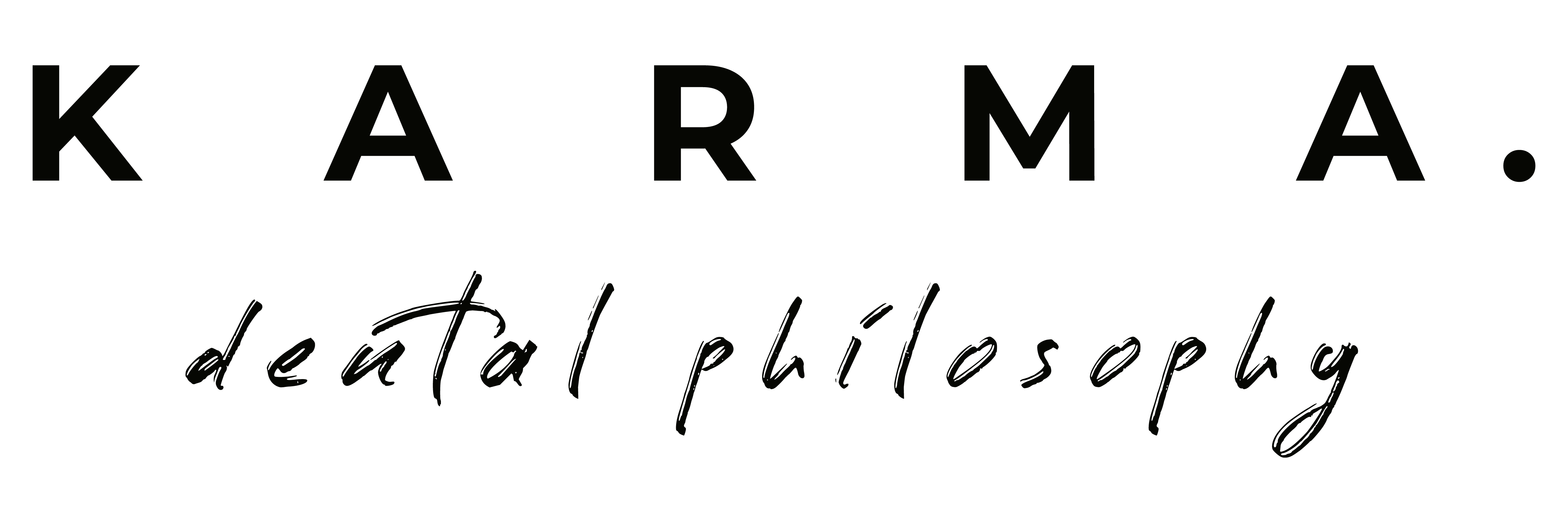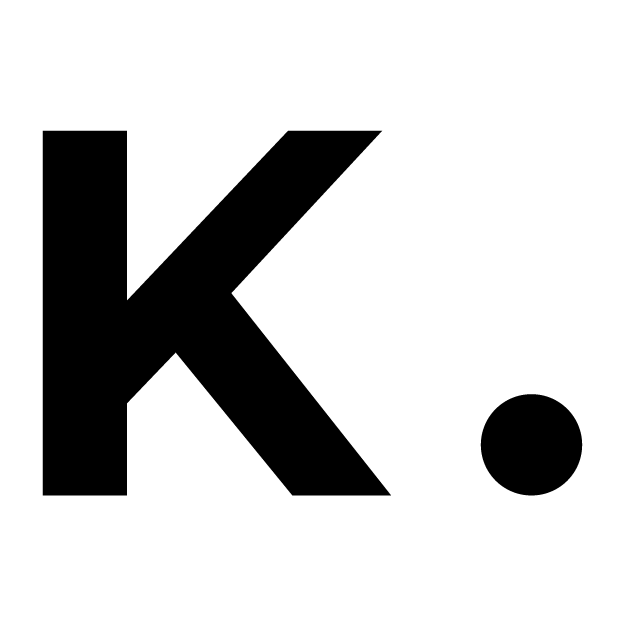karma on tour
With Maarten de Beer (@thedentaldutchman) , Erik-Jan Muts (@drs.erikjan) and Jasper Thoolen (@jtdentistry)

With Maarten de Beer (@thedentaldutchman) , Erik-Jan Muts (@drs.erikjan) and Jasper Thoolen (@jtdentistry)
© 2025 Karma Dentistry. Terms & Conditions
Built by Digibastards
3D Print Everything!
An overview of the vast applications of 3D printing in dentistry
3D printing is rapidly changing the way we deliver dental care and has the potential to be the greatest technological advancement in dental care delivery during our lifetime. Everything from crowns, onlays, veneers, implant prosthetics, partial dentures, complete dentures, and implant surgical guides can be rapidly manufactured in the dental office at a lower cost than using traditional methods. Learn how we are using 3D printing in our practice and applying evidence in the literature to develop new solutions for our patients
Learning Objectives:
Easy Implementation of aligner treatments in the dental office
Too many practices fail when attempting to incorporate clear aligner treatments in their practices.
But they don’t have to!
It is because most dentists around the world know that it is not a walk in the part to treat patients safe and predictably with clear aligners. So they start focusing on diagnostics and treatment planning. In this proces they forget the prerequisites needed prior to this.
In this presentation I will outline a path to easy and succesfull implementation of clear aligners in any dental practice.
Learning objectives:
How to choose the most suitable scanner and it’s features bases on specific needs
Nowadays there are many different scanners on the market. It’s hard to choose which scanner to buy and to know whether it will completely match your needs. Some scanners might be better for digital orthodontics, while others are better for chair side CAD/CAM. In this lecture Luken de Arbeloa will elaborate on the different scanners that are out there and which scanner is the best in which situation.
Learning Objectives:
• Learn about the different scanners on the market
• Learn how to incorporate the scanner in your workflow
• Learn which scanner would be best for your individual situation
Airway Driven Dentistry
In the changing landscape of dentistry with the addition of predictable full digital workflows, as well as, patients increased awareness with the unbelievable explosion of social media and online access, digital dentistry is here to stay and advancing fast! It is the early adopters that will truly gain the maximum benefit from creating a complete digital workflow, whether for restorative dentistry, orthodontics, surgery, or other workflows. This webinar is dedicated to airway driven dentistry. How we as dentists can help people to create a better airway, airflow and better quality of life by using surgical techniques to do orthodontics, expand arches and do orthognatic surgery.
Learning Objectives:
The Virtual Patient
With the advancement of digital techniques we are now able to completely virtualize our patients using intra-oral scanning, CBCTs and face scanners. By digitizing our patient we can improve workflows between the dentist and the dental technician.
Learning objectives:
* You will learn how to digitize your patient
* You will learn the importance of the full virtual patient
This webinar is a live webinar which will be held at January 20 2024 at 15:00 CET via zoom. All participants will receive a zoom link prior to the zoom meeting
Mastering CAD/CAM Ceramic Restorations in Esthetic Dentistry
All the HOT TOPICS from A like “Adhesive bonding” to Z like “Zirconia”
The recent evolution in CAD/CAM, ceramic, and adhesive bonding technologies offers a whole new range of esthetic, less invasive, and long-lasting treatment options. However, there are still many questions: How can I apply minimally invasive resin-bonded ceramic restorations such as laminate veneers and
onlays successfully in my daily practice? How can I select the best ceramic materials and protocols to achieve optimal esthetics? How can I successfully integrate digital dentistry and chairside CAD/CAM systems into my clinical workflow? What are the best cements and bonding protocols for veneers, inlay/onlays, crowns, and bridges? How to bond zirconia to make resin-bonded bridges and partial-coverage restorations that last? What are the best ceramic materials for implants from single units to full-mouth reconstructions and why? And what about all these new techniques I hear about, like digital smile design, new onlay preparation designs, immediate dentin sealing, and deep margin elevation? And last but not least: is there any scientific evidence on all these topics?
This presentation will answer such questions based on sound science and provide a lavishly illustrated clinical update on esthetic treatment options with ceramics from conservative laminate veneers and posterior onlays to resin-bonded bridges and implant-supported restorations. “Hot topics” such as digital smile design, minimally invasive preparation guidelines, new adhesive protocols, deep margin elevation, and evidence-based dentistry will be discussed: from A like “Adhesive bonding” to “Z like “Zirconia”.
Learning objectives
• Differentiate modern ceramic materials and their indications
• Learn about CAD/CAM technology and its diverse applications in esthetic dentistry
• Understand strategies for success with ceramic restorations for teeth and implants based on the current scientific evidence
• Comprehend clinical guidelines for long-lasting resin-bonded esthetic restorations from laminate veneers and onlays to resin-bonded bridges and implant-supported restorations.
Modern Digital Dentistry.
From Analogue to Digital; My journey into the Digital Smile Design Concept
We are in a transformative era in dentistry, with rapid changes in companies, evolving technologies, shifting marketing trends and significant shifts in client behaviors. Simply being a good dentist is no longer enough.
I want to share my journey from analog to digital dentistry, from 2D to 3D. My career has distinctly changed since I embraced the Digital Smile Design (DSD) philosophy. Starting from my first DSD course in 2014 to now, where I proudly serve as a Key Opinion Leader (KOL) on the official DSD team.
DSD is crucial for me, enhancing communication with patients and improving their overall experience, leading to a radical increase in case acceptance. It follows a multidisciplinary, facially driven treatment plan with a holistic approach, my preferred method for any case. To achieve this, understanding how to digitize patients and identifying the best protocols is essential.
DSD has significantly improved the quality of my work, allowing me to consistently design better, plan more effectively, communicate more efficiently with my team and patients, and have greater control over my execution process.
I am excited to share my experiences in Digital Dentistry and DSD, showing practical ways to incorporate these concepts into your daily routine. It would be my pleasure to guide you in implementing these innovative approaches effectively
Learning Objectives:
• Learn the importance of DSD in your treatment planning
• Learn how DSD can improve your communication
• Learn how to incorporate Digital Dentistry in your daily routine
The Importance of Real Human Movements Utilizing Axiography
After 20 years of utilizing axiographies from different manufacturers and following the evolution from magnetic fields to sound, and now optics, we can definitely conclude that every single patient has a unique pattern of motion. This pattern of motion is not only based on Ostheokinematics but it also depends on the Arthrokinematics. That’s why the trajectories in the articular joints, when super imposed on top of tomograms, make the difference in proper diagnostics and treatments.
The new era of digital integration facilitates not only the proper diagnostics based on trajectory, but it also allows to execute the proper treatment plan to complete the concept of the dynamic digital patient. In addition we have also the capabilities to export these trajectories to manufacturing programs.
Learning Objectives:
In this lecture you will understand mandibular trajectories, TMJ trajectories, dynamic integration with cone beam and digital impression and all the possibilities in planning and manufacturing.
The Lip Factor and Orofacial Analysis
Throughout the years, esthetic dentistry has used teeth and gums only when designing smiles. We as dental professionals must remember to treatment plan with our patients’ entire faces in mind. Dr. Stanley will introduce a paradigm shift in esthetic treatment planning where we can incorporate minimally invasive procedures through the Digital Smile Design technique to give our patients a youthful lower face, better incisal display, and treatment plan with an Orofacial approach.
Learning Objectives:
• Learn the Lip Factor technique to restore aging and over-augmented lips to an ideal youthful position
• Learn how to treatment plan with an Orofacial approach
• Treatment plan with new facial midline known as Facial Flow

